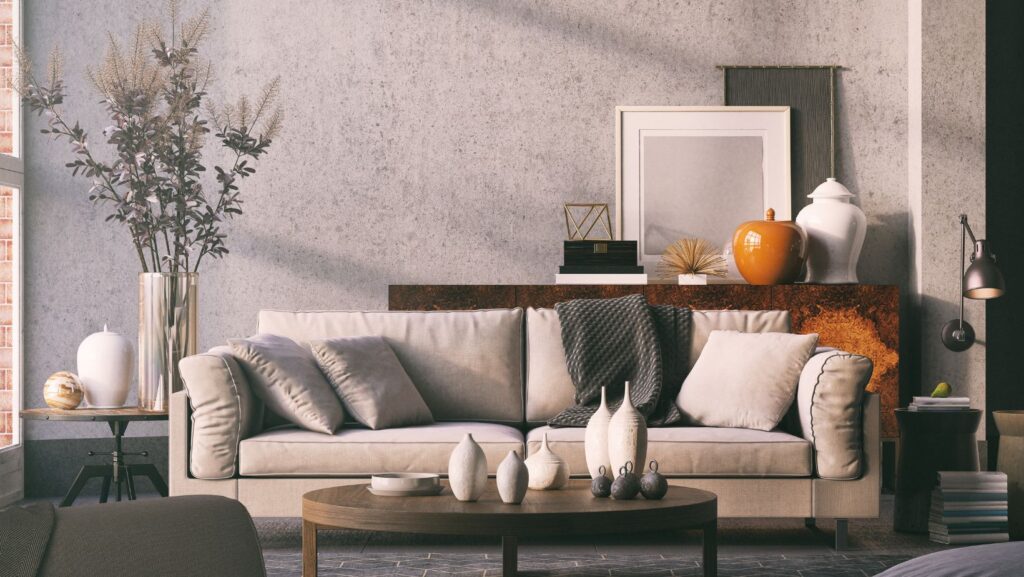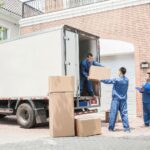
Sustainable design has become a cornerstone of modern architecture, focusing on creating homes that are both efficient and comfortable. Over the past few decades, there has been a growing awareness of the environmental impact of traditional building methods. As concerns about climate change and resource depletion increase, sustainable design focuses on reducing energy consumption, using eco-friendly materials, and improving indoor air quality. These homes are designed not only to minimize environmental impact but also to enhance the comfort and well-being of the people who live in them. By incorporating renewable energy sources, efficient insulation, and water-saving features, sustainable design offers a practical solution to building homes that are both environmentally friendly and comfortable to live in. Today, sustainable homes are more than just a trend—they represent a forward-thinking approach to architecture that considers long-term environmental and personal health benefits.
Principles of Sustainable Design
Sustainable design focuses on creating homes that are environmentally responsible, efficient, and healthy. The core principles of sustainable design revolve around reducing energy consumption, minimizing waste, and ensuring long-term durability.
Key aspects of sustainable design include:
- Using renewable resources and materials
- Maximizing energy efficiency through insulation and windows
- Incorporating natural light to reduce energy use
- Implementing water-saving systems and appliances
- Enhancing indoor air quality with non-toxic materials
- Designing for long-term durability and adaptability
- Encouraging waste reduction through recycling and composting
These principles ensure that homes are not only energy-efficient but also reduce their environmental footprint over time. By adopting sustainable design practices, homes can significantly cut down on energy use and improve the well-being of their inhabitants. These designs consider both the impact on the planet and the comfort of the people who live in the home, making sustainability a key focus for the future of homebuilding.
Energy-Efficient Features
Energy efficiency is at the heart of sustainable home design, helping to reduce energy consumption while maintaining a comfortable living environment. One of the primary ways energy-efficient features are integrated into homes is through better insulation, which minimizes heat loss in the winter and keeps homes cooler in the summer. Energy-efficient windows, smart thermostats, and appliances also play a significant role in reducing the energy needed to run a household. In addition, smart homes are equipped with energy-saving systems, allowing residents to monitor and control their energy usage more effectively. These systems also provide real-time feedback, enabling homeowners to make adjustments to improve energy conservation. By optimizing energy use, these homes not only reduce utility bills but also contribute to a healthier planet. Moreover, energy-efficient homes often include space-saving solutions, like NSA Storage, to make the most of available space without sacrificing comfort.
These innovations in design help create a home that is as energy-efficient as it is functional. By reducing energy waste and improving home performance, these features provide long-term savings and support sustainability. Ultimately, energy-efficient features play a vital role in creating homes that are both environmentally responsible and comfortable for their occupants.
Note: The development of energy-efficient home features dates back to the mid-20th century when innovations like double-glazed windows and better insulation were introduced to improve the energy performance of buildings and reduce the use of fossil fuels.
Eco-Friendly Building Materials
Using eco-friendly building materials is a fundamental aspect of sustainable home design. These materials are chosen not only for their low environmental impact but also for their durability and energy-saving properties. Recycled and reclaimed materials, such as wood, metal, and glass, are often used to reduce waste and minimize the need for new resources. In addition, materials like bamboo, cork, and hemp are becoming popular for their sustainability and ability to grow rapidly, reducing deforestation. Energy-efficient insulation materials such as cellulose or cotton provide excellent thermal resistance while being less harmful to the environment compared to traditional options. The use of low-VOC (volatile organic compounds) paints and finishes helps improve indoor air quality, making homes healthier places to live. Solar panels, green roofing, and high-performance windows are also part of eco-friendly designs, contributing to the home’s overall energy efficiency. When combined, these materials help create a home that consumes less energy, has a reduced carbon footprint, and remains healthy for both the occupants and the planet. As the demand for sustainable homes grows, the variety and availability of eco-friendly building materials continue to expand, making it easier than ever to incorporate these practices into new and existing homes. This shift towards greener materials not only benefits the environment but also enhances the long-term performance and resilience of homes.
Smart Home Integration
Smart home integration has become a key component of sustainable home design, allowing for greater efficiency and convenience. By incorporating smart technology into homes, energy use can be monitored and controlled more effectively. Smart systems like lighting, heating, and cooling can adjust automatically based on real-time data, such as temperature or occupancy, ensuring that energy is not wasted.
Some of the main benefits of smart home integration include:
- Real-time energy usage monitoring
- Automated adjustments to reduce energy consumption
- Improved comfort through personalized settings
- Remote control of appliances and systems
For instance, smart thermostats can learn your daily habits and adjust the temperature based on when you are at home, minimizing heating and cooling costs. Similarly, smart lighting systems can dim or turn off automatically when no one is in a room, cutting down on electricity usage. These technologies work together to create a home that is not only more energy-efficient but also more comfortable for its residents. In addition, smart home integration can help homeowners identify areas where they could improve their energy use, ultimately lowering utility bills and reducing their carbon footprint. With the growing range of smart home products available today, it has never been easier to incorporate technology into your living space and create a more sustainable, efficient, and comfortable home.
Insight: Smart technology makes it easier for homeowners to manage their energy use and make their homes more efficient. By automating everyday tasks like adjusting the temperature or turning off lights, it’s possible to save energy and reduce costs while increasing comfort.
Health and Comfort Benefits
Sustainable home design not only benefits the environment but also improves the health and comfort of its residents. By using eco-friendly materials, energy-efficient systems, and better ventilation, these homes create a healthier indoor environment. Proper insulation and natural lighting reduce the need for artificial heating and cooling, providing consistent comfort. Additionally, low-VOC paints and finishes help improve air quality, making sustainable homes more comfortable and safer to live in, promoting overall well-being for the occupants.
Creating a Sustainable Future
Sustainable design plays a crucial role in shaping a better future for both people and the planet. By prioritizing energy efficiency, eco-friendly materials, and smart home technologies, homes are becoming more efficient and environmentally responsible. These innovations reduce energy consumption, lower utility costs, and minimize waste. As sustainable design continues to grow, it will ensure that homes are not only comfortable but also contribute positively to long-term environmental sustainability.














